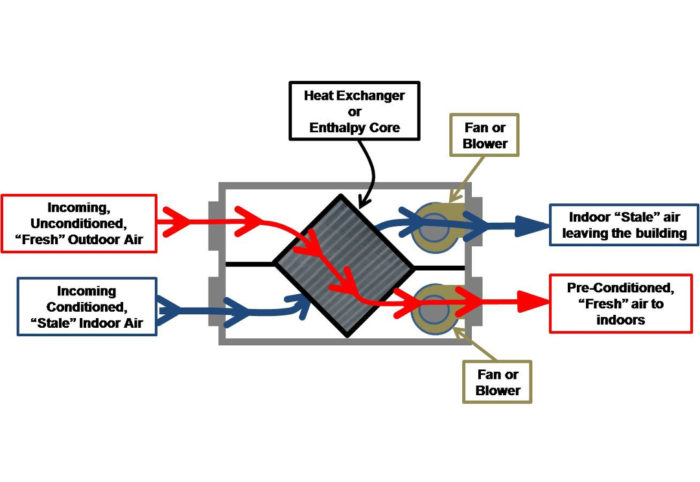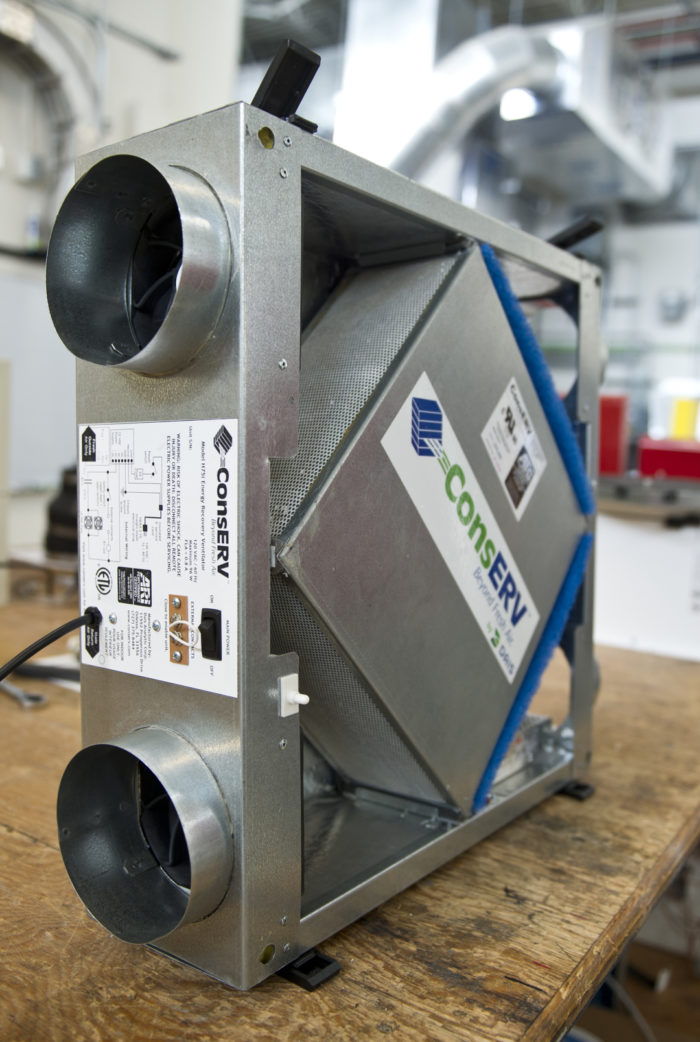How HRV Balances Indoor Moisture Levels
The All-Inclusive Overview to the Uses of Heat Recovery Ventilation in Modern Structures
Heat Recovery Ventilation (HRV) systems stand for a considerable advancement in constructing innovation (HRV Heat Recovery Ventilation). They provide an approach for exchanging stagnant indoor air with fresh exterior air while reducing energy loss. This approach not just enhances interior air quality yet also adds to power effectiveness in both residential and industrial buildings. Comprehending the various applications and benefits of HRV can disclose its crucial duty in modern layout and sustainability initiatives. The implications of this modern technology deserve exploring additionally
Understanding Heat Recovery Ventilation Solutions

Although many contemporary structures focus on energy efficiency, comprehending warmth recovery ventilation (HRV) systems is essential for optimizing indoor air quality and minimizing power intake. HRV systems work by transferring warm from stale indoor air to inbound fresh air, effectively maintaining comfortable interior temperature levels while minimizing energy loss. These systems include a heat exchanger, fans, and ductwork that facilitate the blood circulation of air. Throughout winter, HRV devices record and recycle warmth from the outbound air, while in summertime, they can assist cool incoming air. By continuously exchanging air, HRV systems additionally lower moisture and the focus of indoor pollutants. Proper installation and upkeep of HRV systems are necessary for their effectiveness and effectiveness in improving overall building performance and comfort.
Advantages of Heat Recovery Ventilation
Heat recovery ventilation systems supply many advantages that enhance both power efficiency and interior air top quality in modern structures. By recording and recycling energy from exhaust air, these systems considerably minimize heating and cooling expenses, causing reduced power consumption. They keep a constant flow of fresh outside air, reducing the threat of indoor air toxins and irritants. This continual exchange aids regulate moisture levels, avoiding mold and mildew development and guaranteeing a healthier living setting. Furthermore, HRV systems add to sustainability goals by lowering general carbon footprints. Their capacity to enhance air flow without sacrificing thermal convenience makes them a valuable enhancement to modern building style, advertising both economic and environmental advantages.
Applications of HRV in Residential Buildings
As house owners significantly prioritize energy performance and indoor air high quality, the applications of warmth recovery ventilation (HRV) systems in property structures have ended up being extra prevalent. HRV systems are especially valuable in tightly sealed homes, where preserving fresh air blood circulation is important for protecting against moisture accumulation and interior toxins. They properly transfer warmth from outgoing stagnant air to incoming fresh air, reducing energy prices connected with heating & cooling. Furthermore, HRVs can enhance convenience degrees by controling moisture and temperature. They are also adaptable for various domestic layouts, including single-family homes and multi-unit structures. On the whole, integrating HRV systems supports lasting living practices while making sure a much healthier indoor environment for owners.
HRV in Industrial and Industrial Setups
In commercial and industrial settings, the execution of warm healing ventilation (HRV) systems has ended up being progressively essential for enhancing energy performance and preserving air high quality. These systems successfully transfer warm from exhaust air to incoming fresh air, decreasing the demand for extra heating or cooling. This not just reduces energy prices but also adds to sustainability efforts. Industries such as production, warehousing, and workplace buildings profit greatly from HRV systems, as they aid control temperature and humidity levels, ensuring a comfy and efficient environment. HRV systems aid in why not try this out removing impurities and excess wetness, enhancing interior air quality. As guidelines around air quality come to be stricter, the click this site fostering of HRV technology is most likely to grow, making it a crucial element of contemporary commercial and commercial infrastructure.
Future Patterns in Heat Recovery Ventilation Technology

Regularly Asked Inquiries
Exactly How Does Heat Recovery Ventilation Effect Indoor Air Top Quality?
Heat recovery ventilation significantly improves indoor air high quality by continuously exchanging stagnant interior air with fresh exterior air while recouping energy. This procedure lowers toxins, keeps ideal humidity degrees, and guarantees a healthier atmosphere for owners.
Can HRV Equipments Be Mounted in Existing Buildings?
HRV systems can undoubtedly be set up in existing structures. Retrofitting may call for modifications to ductwork and air flow formats, but it substantially boosts energy efficiency and indoor air high quality, making it a practical option for older structures.
What Maintenance Is Required for HRV Systems?

Are There Certain Climates Where HRV Is A Lot More Effective?
Heat recovery ventilation systems are specifically efficient in environments with substantial temperature level distinctions between seasons. These systems maximize power performance by recuperating warm from exhaust air, making them perfect for both chilly and moderately warm settings.
How Do HRV Systems Affect Power Bills?
